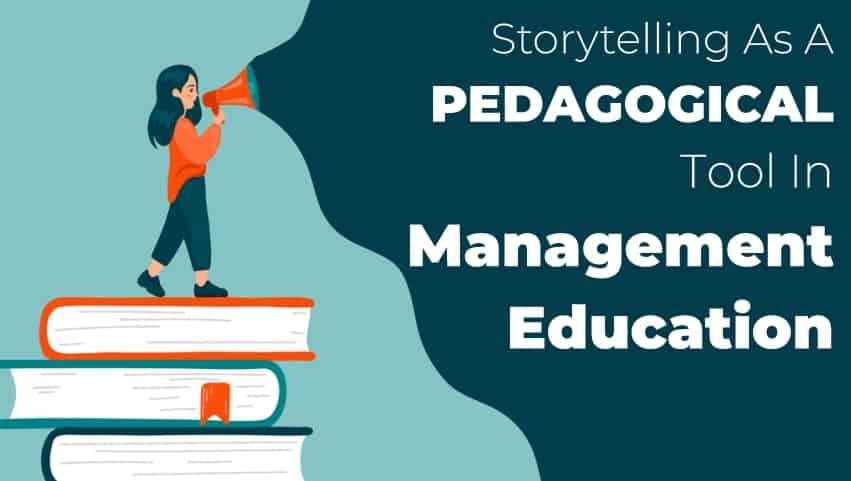Using storytelling as a teaching tool in management education can be a highly effective way to engage students and help them understand complex management concepts. Stories can make abstract ideas tangible, evoke emotions, and create lasting memories.
Storytelling is a powerful and effective tool in management education. A good story can illustrate management principles. The use of stories in management education is particularly effective in helping students to understand and apply concepts related to leadership, team building, group dynamics, communication, change management, ethics, decision-making, and strategic thinking.
Here are some tips for using stories to teach management:
- Choose stories that are relevant to the topic at hand. For example, if you are teaching about leadership, choose stories about great leaders or leadership challenges.
- Use stories to illustrate key concepts. Rather than simply telling students about the concept, use stories to demonstrate it in action. It helps students to visualize in a real-world context and to understand how it applies in practice.
- Use stories to create empathy. Stories can help students fit themselves into the character’s shoes to understand their motivations, fears, and challenges. It can be useful while teaching topics such as change management or conflict resolution.
- Use stories to spark discussion. After telling a story, encourage students to reflect on what they have heard and to share their insights and experiences. It is helpful to deepen their understanding of the topic and to foster a sense of community in the classroom.
- Use stories to inspire action. Stories can be a powerful motivator for change and encourage students to take action in their own lives and careers. For example, a story about a successful entrepreneur may inspire students to start their businesses.
- Choose an engaging story. Pick a story that will capture the student’s attention and is relevant to your teaching topic. A good story should be easy to follow, have interesting characters and plots, and convey a clear message.
- Use visual aids such as pictures, props, or slides to help bring the story to life and enhance the student’s understanding.
- Encourage participation by asking questions during and after the story to encourage students to critically engage with the material. You can also ask students to act out parts of the story or draw pictures related to it.
Remember, effective storytelling in a classroom is all about engaging the students and helping them connect with the material in a meaningful way. By choosing an engaging story, using visuals, encouraging to participate connecting the story to the lesson, and following up with activities, you can make storytelling a valuable tool for learning in your classroom.
Overall, using storytelling as a teaching tool in management education can be a highly effective way to engage students and help them to understand concepts. By choosing relevant stories and using them to illustrate and create empathy, sparking discussion and inspiring action, you can create a rich and engaging learning experience for your students.
The author of this blog Dr. Poornima Charantimath is a Professor – Emeritus, Author & Consultant at IEMS B-School, Hubli. Through this blog, she aims to share their knowledge and experiences with readers, and they hope to provide valuable information that can be helpful in your personal or professional life.

Dr. Poornima Charantimath
Professor – Emeritus
Author & Consultant


